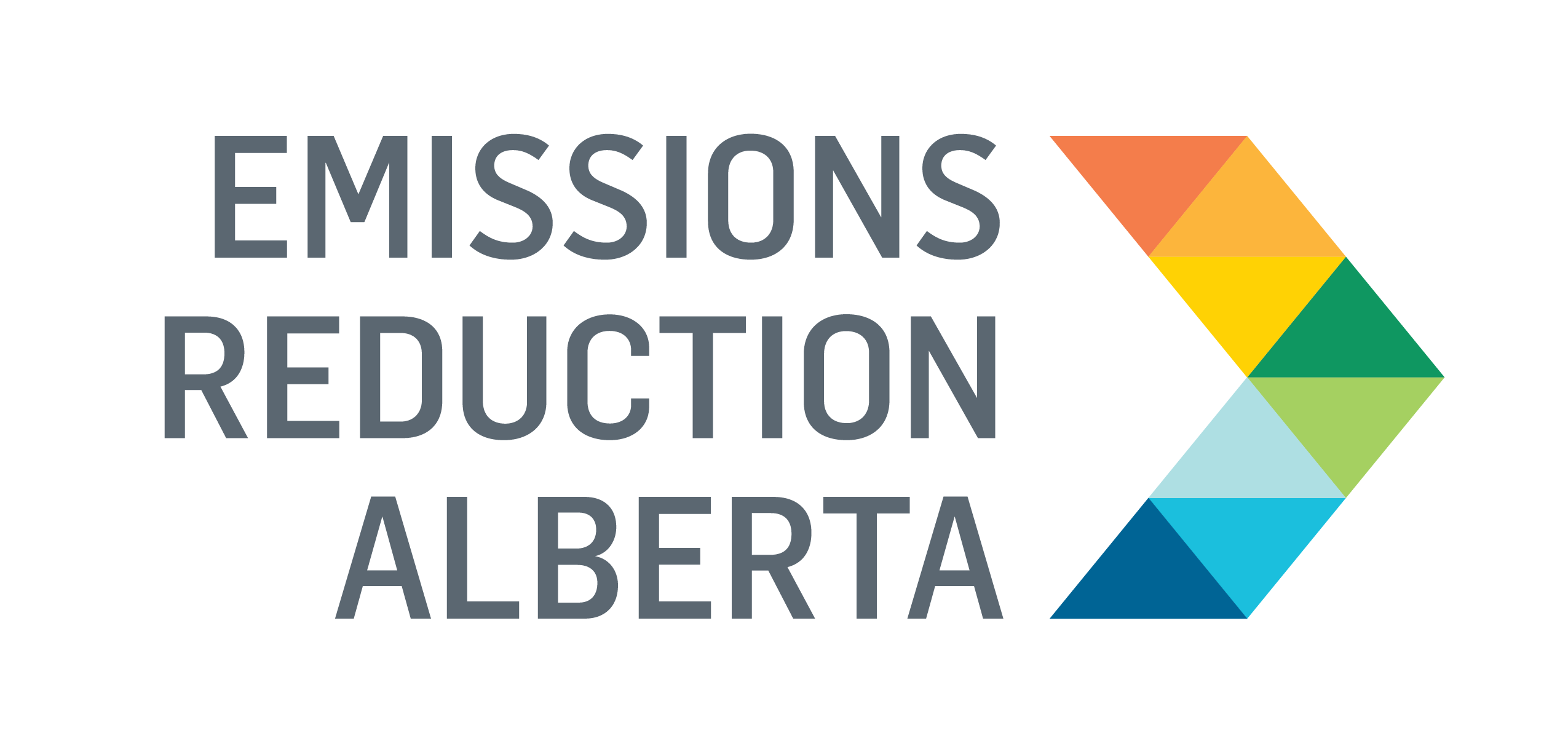Using Surfactants to Reduce Emissions in Bitumen Recovery
This pilot project was funded in 2021 through ERA Call #7: Shovel Ready and tested the use of surfactant additives in steam-assisted gravity drainage (SAGD) oilsands operations to improve oil drainage, reduce steam-oil ratios and lower greenhouse gas (GHG) emissions intensity. While the pilot successfully demonstrated these benefits, further testing occurred after the project to assess potential surface facility emulsion treatment challenges before full commercial deployment.
SAGD is the most widely used in-situ bitumen recovery method currently available and involves injecting steam into an oil sands reservoir to heat and mobilize bitumen, which then drains to a production well. However, when the water from the steam mixes with bitumen, it forms water-in-oil (w/o) emulsions, which can increase viscosity and slow down oil drainage. The creation of steam for this process also requires significant energy, resulting in GHG emissions. To mitigate these issues, ConocoPhillips identified a commercially available, low-cost chemical surfactant additive ready for ‘first-of-kind’ field demonstration. The pilot involved co-injection of a surfactant additive with steam, designed to reduce w/o emulsion formation and promote oil-in-water (o/w) emulsions, which are less viscous and drain more efficiently. By lowering emulsion viscosity, the technology increases oil production rates, improves steam utilization efficiency, and reduces the steam-to-oil ratio (SOR)—directly leading to lower natural gas consumption and lower GHG emissions. This field pilot achieved a GHG emissions intensity reduction of approximately 220,000 tonnes per year within the pilot area.
Identifying Issues that Require More Testing
The field pilot was operated in four well pairs tied to existing facilities at the Surmont SAGD facility and achieved the expected reduction in GHG emissions intensity initially proposed. However, surfactants may affect emulsion separation in surface facilities, potentially increasing processing challenges. Further work is needed to evaluate surfactant compatibility with existing separation infrastructure and optimize demulsifier usage – a class of specialty chemicals used to separate emulsions, in this case, water in oil. Additionally, the pilot confirmed that steam additives successfully reached the steam chamber, but distribution within the reservoir may vary based on geological conditions. Future implementations should consider reservoir heterogeneity and potential steam migration to neighbouring wells, as observed in this pilot.
What’s next?
Despite successfully employing this technology, further evaluation and analysis are required before the technology is derisked for commercial application. Building upon this successful pilot completed in 2022, CPC is focusing on optimizing the technology for broader commercial deployment. This includes addressing challenges related to surface facility emulsion treatment and collaborating with industry partners through Canada’s Oil Sands Innovation Alliance (COSIA) to explore alternative surfactant chemistries.
